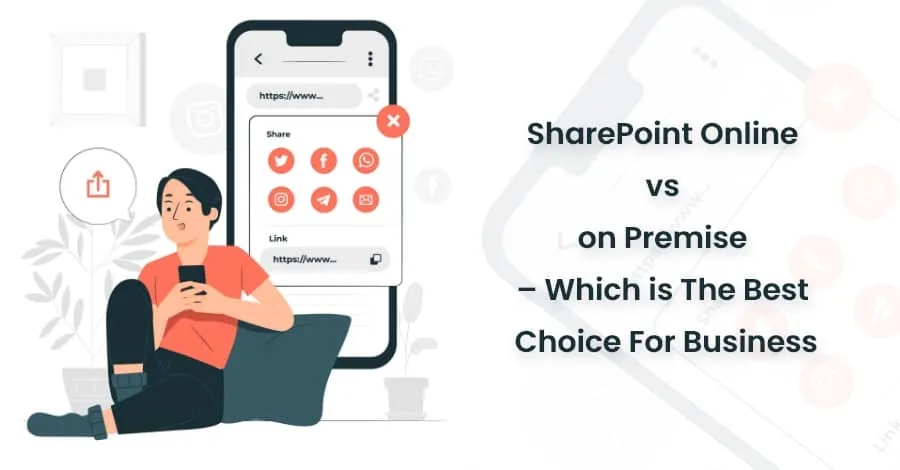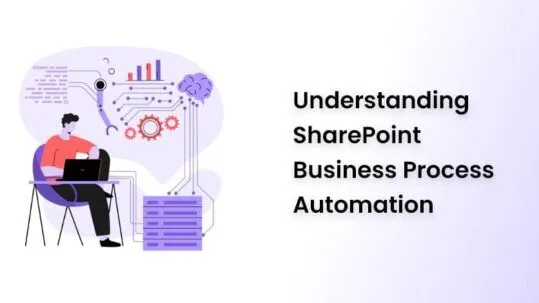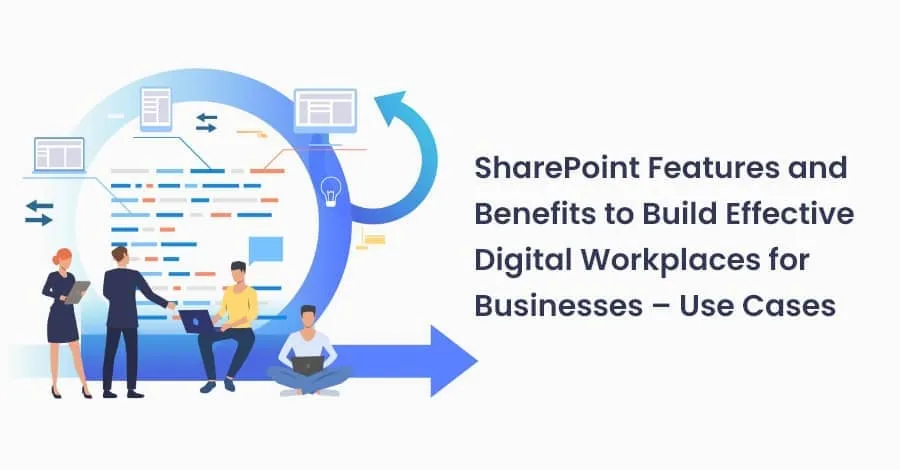
30 Aug SharePoint Online Permission Management: Best Practices
30 August 2023

In the modern business landscape, effective collaboration and data security are paramount. Microsoft SharePoint Online stands as a pivotal platform for organizations, offering a robust environment for teamwork and content management. However, harnessing its full potential requires a comprehensive understanding of SharePoint Online permissions. This article delves into the intricacies of permission management in SharePoint Online, shedding light on best practices that empower organizations to maintain a secure and productive digital workspace.
Understanding SharePoint Online Permissions
SharePoint Online permissions revolve around controlling access to sites, lists, libraries, folders, and documents. The goal is to ensure that the right individuals can access the right content, while also preventing unauthorized users from gaining entry. To accomplish this, SharePoint employs a permission model that encompasses three key components:
- Users and Groups: SharePoint Online leverages Microsoft 365 user accounts and groups to define access. Users are granted specific roles and permissions, while groups allow for simplified management by assigning permissions collectively.
- Roles and Permissions: Permissions are grouped into predefined roles that dictate the actions a user can perform. These roles include Full Control, Edit, Contribute, Read, and Limited Access. Permissions can be fine-tuned to control activities such as viewing, editing, deleting, and sharing.
- Inheritance and Break Inheritance: SharePoint uses inheritance by default, allowing permissions assigned to a parent object, such as a site, to cascade down to its child objects, like lists or documents. However, organizations can choose to break inheritance, enabling granular control over permissions at each level.
Best Practices for SharePoint Online Permission Management
- Plan Permissions Strategically:
Before diving into permission management, craft a comprehensive plan. Identify user roles, content categories, and the level of access required. This proactive approach ensures a well-organized permission structure that aligns with business needs.
- Utilize SharePoint Groups:
Leverage SharePoint groups to simplify permission management. Instead of individually assigning permissions to users, associate permissions with groups. This approach streamlines the process and enhances maintainability.
- Limit Permissions:
Adhere to the principle of least privilege. Grant users only the permissions necessary for their roles. Avoid granting overly broad permissions, as this can lead to data leakage and security vulnerabilities.
- Regularly Review and Update Permissions:
Business dynamics change, and so should permissions. Regularly review and adjust permissions as users’ roles evolve. This practice prevents obsolete permissions and unauthorized access.
- Leverage Inheritance:
Whenever possible, maintain permission inheritance. Breaking inheritance should be a deliberate action, as it can complicate management. Only do so when there is a specific need for distinct permissions.
- Audit Permissions:
Implement regular audits to ensure permissions are accurate and aligned with organizational requirements. Identify and rectify any discrepancies promptly to maintain a secure environment.
- Implement Site Policies:
Establish clear site-level policies for permissions. Define who has the authority to change permissions, under what circumstances, and how to request permission changes.
- Educate Users:
Educate users about SharePoint permission management best practices. Train them to understand the implications of sharing content, granting permissions, and breaking inheritance.
- Utilize SharePoint Security Reports:
SharePoint Online offers built-in security reports that provide insights into permission usage. Utilize these reports to monitor user activity, permissions changes, and potential security risks.
- Backup and Restore Permissions:
Regularly backup permission configurations. This safeguards against accidental or malicious changes, allowing for swift restoration in case of a security breach.
Conclusion
In the realm of SharePoint Online, efficient permission management is the cornerstone of a secure and collaborative digital workspace. By adhering to best practices, organizations can harness the power of SharePoint’s versatile permission model. Through careful planning, judicious use of groups, and a proactive approach to reviewing and updating permissions, businesses can create a cohesive environment where data is accessible to those who need it, while keeping unauthorized access at bay.
Let us help you navigate the intricate world of permission management in SharePoint Online, ensuring your business thrives in a secure and productive digital landscape.
Reach out to us today and discover how Star Knowledge can transform your SharePoint experience. Your journey towards optimized collaboration and data security begins here.
Our Related Posts
SharePoint Online vs on Premise – Which is The Best Choice For Business?
As business technology advancements grow, so does the….
Understanding SharePoint Business Process Automation
In today’s business world, efficiency and productivity are ….
SharePoint Features and Benefits to Build Effective Digital Workplaces – Use Cases
What is SharePoint? It is an online application which helps in ….





No Comments